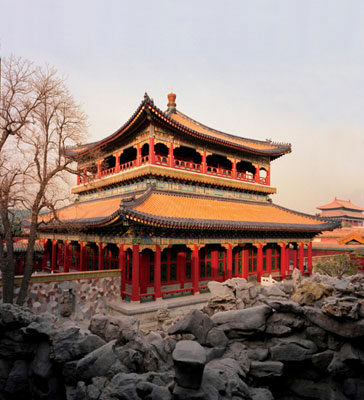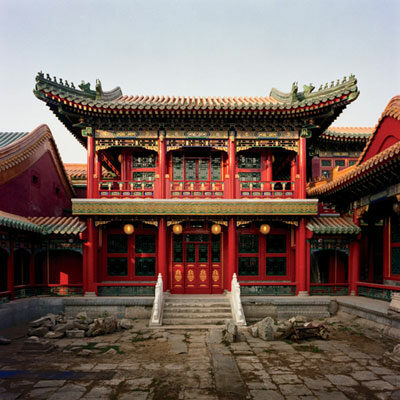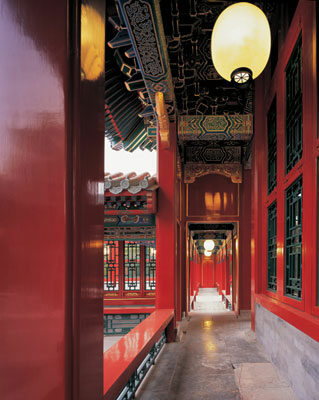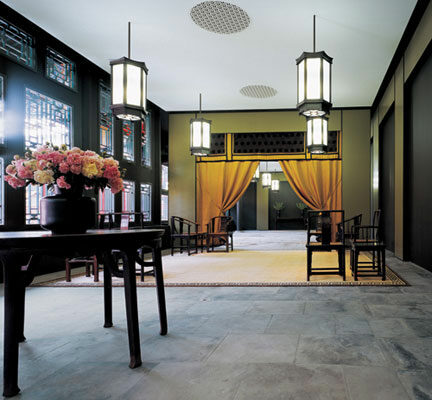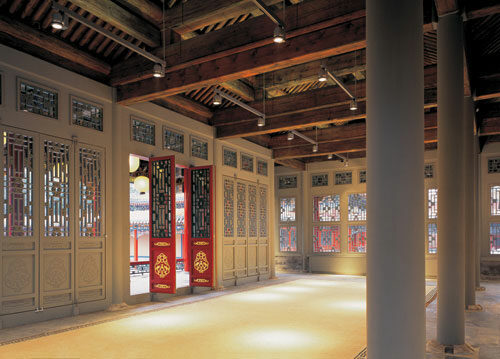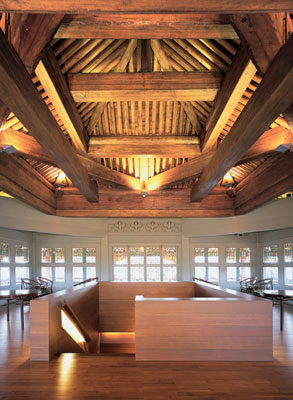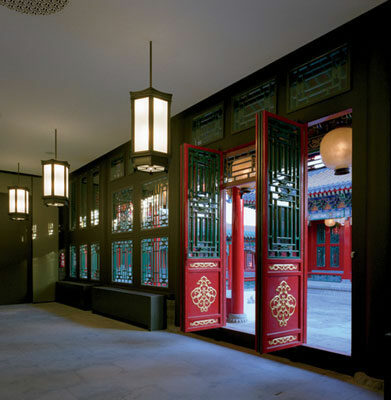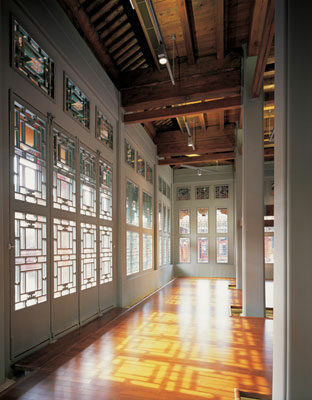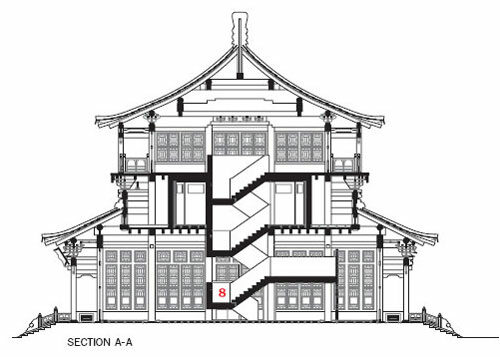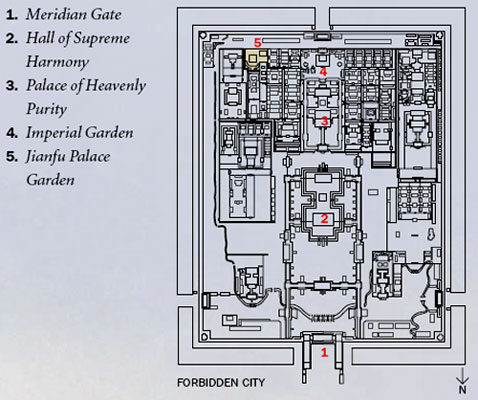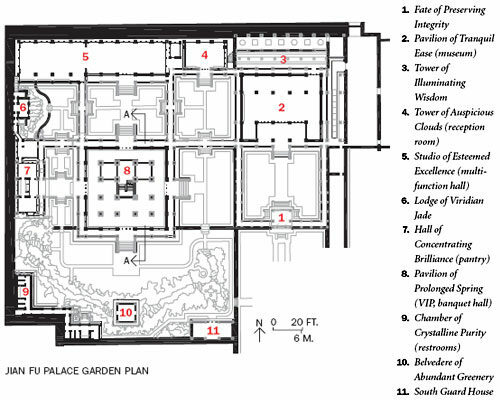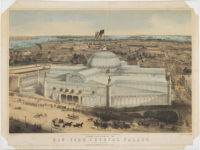First came the reconstruction. Jianfu Palace Garden (Garden of the Palace of Established Happiness), a compound in the northwest corner of the Forbidden City in Beijing, burned down in 1923. The nine pavilions and other structures organized around courts and connected by walkways and gardens had originally been built in 1740 for Qianlong, a Qing Dynasty emperor. He desired a haven from the pressures of court in the 178-acre palace complex now famous for its 800 wood structures. After Sun Yat-sen came to power in 1911, the fire’s damage to these imperial traces were ignored.
Then, in the mid-1990s, the China Heritage Fund, a nonprofit organization founded by the chairman of the Hong Kong development company, Hang Lung Group, proposed to rebuild it. The fund, led by project director Happy Harun, worked with the Forbidden City Palace Museum on the arduous reconstruction.
The project not only involved researching archives and consulting old photographs, drawings, and paintings, but enlisting stonemasons, carpenters, tile workers, and painters knowledgeable in 18th-century crafts and building techniques. Still open to question were new uses for the buildings, as well as the design of the interiors. Hence, the next chapter began in 2004, when Harun contacted Calvin Tsao, FAIA, of Tsao & McKown Architects in New York. In proceeding with the interior architecture, Tsao looked to the Pei Partnership and its Beijing office to help guide the project along. Needless to say, the advent of the Olympics, and the entire restoration plan for the Forbidden City, made the timing all the more apropos.
The clients wanted the various structures to be reserved for special functions, exhibitions, and receptions. Here, dignitaries, donors, and scholars could gather in an area removed from the 7 million or so visitors who enter the Forbidden City each year. Tsao & McKown and Pei Partnership devoted their efforts mainly to four buildings (not including two for pantry and restrooms): the 11,000-square-foot main structure, the Pavilion of Prolonged Spring, for VIP receptions as well as banquets; the 2,500-square-foot Studio of Esteemed Excellence, for a multifunction hall; a 490-square-foot reception room in the small Tower of Auspicious Clouds; and the 3,650-square-foot museum in the Pavilion of Tranquil Ease. The team also needed to discreetly insert heating and cooling, lighting, and plumbing elements into all these spaces.
PeopleOwner Architect Personnel in architect's firm who should receive special credit: Senior associate in charge: Richard Rhodes Project architect: Jonathan Hoover, in collaboration with Pei Partnership Architects Project architect: Gerald Szeto, New York Project architect: Ping Mo, Beijing Engineers: M/E/P engineers: Parsons Brinkerhoff China Consultants: Photographer(s): Cheng Shouqi/China Heritage Fund |
ProductsLighting: Indoor lighting: ERCO Hi-Trac and Optec Lighting Outdoor lighting: ERCO Trion halogen flood lamps. Outdoor lanterns and hardware: Oasis Management (design by Tsao & McKown) Lighting controls: Lutron Carpet: Zhou Xiao Han (design by Tsao & McKown) Carpet: Zhou Xiao Han (design by Tsao & McKown)
|
